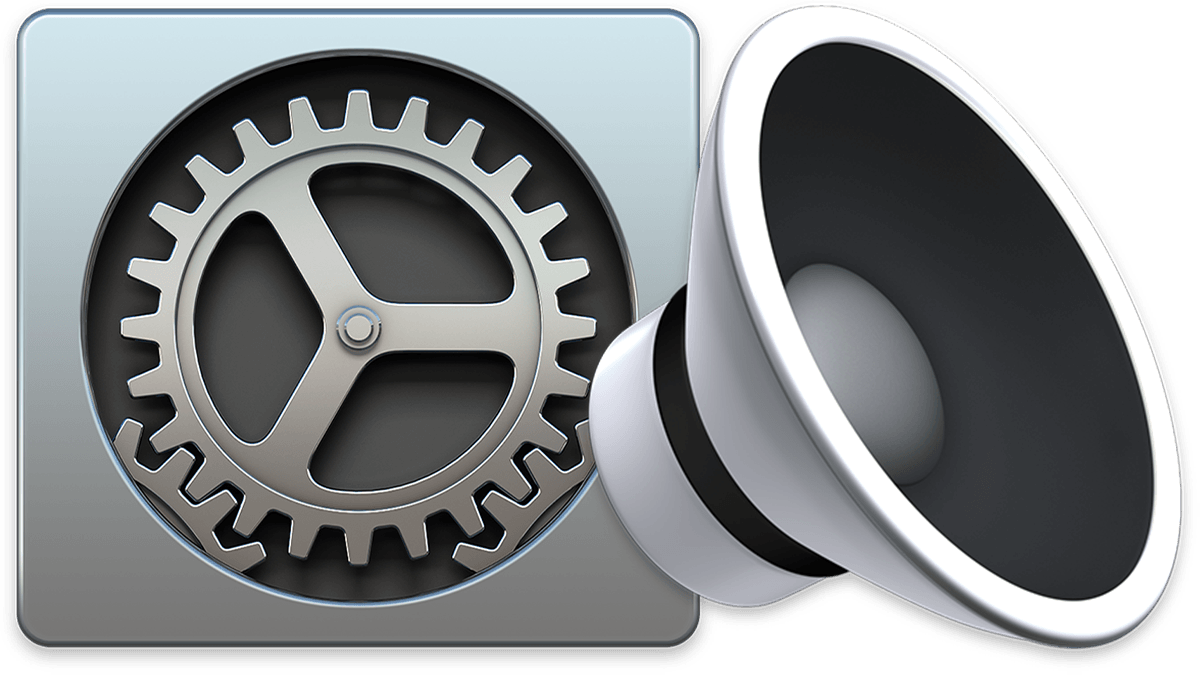
- SETTING EQUALIZER FOR MAC HOW TO
- SETTING EQUALIZER FOR MAC UPDATE
- SETTING EQUALIZER FOR MAC PRO
- SETTING EQUALIZER FOR MAC MAC
- SETTING EQUALIZER FOR MAC WINDOWS
SETTING EQUALIZER FOR MAC MAC
Checking the box prompts the Mac to capture less background noise. Depending upon the mic you use, an option to Use Ambient Noise Reduction may prove available, too. A corresponding input level meter is present, too, which displays audio input level in real time. The Sound pane’s Input tab presents a slider bar for setting the input volume. You may also need to access the specific audio application’s Preferences to select the USB microphone, should your Mac default to using the computer’s built-in microphone. But if you’ve connected a USB microphone, for example, you can confirm the device’s proper operation by reviewing the Input tab. Typically, though, the built-in Internal Microphone will prove the only option. When such headphones are plugged in to the Mac, the Input tab automatically updates to use the external microphone connected to what the Mac describes as the Microphone port, even though the Mac refers to the same port as the Headphone port on the Output tab, so that’s a little confusing. Newer models typically include a single headphone jack that can accommodate a microphone if the microphone is integrated with the headset, which is the case with Bose QuietComfort 25 headphones for Apple devices and RHA MA7501 headphones. Mac models have changed over the years, so the inputs on your Mac may vary. The Input tab ( Figure C) presents devices available for receiving sound inputs. Adjusting the Balance slider bar adjusts sound correspondingly to either left or right channels according to the slider bar’s position. The Sound’s Output tab notes the headphones are not built-in and updates the Type field to confirm the headphones are connected to the headphone port.Įven seasoned professionals I’ve met forget a Mac’s balance control is present on the Sound pane’s Output tab. For example, my MacBook Air displays built-in Internal Speakers as the output unless I connect headphones, in which case the display updates to read Headphones.
SETTING EQUALIZER FOR MAC UPDATE
Macs automatically adjust and update the display to reflect connected devices. Built-in speakers or headphones, if connected, will appear within this Output window. The Output tab ( Figure B) displays the sound output. The Sound pane has two tabs in addition to Sound Effects: Output and Input.

Two additional options are present on the Sound Effects tab.

When multiple output devices are present, use the Sound Effects tab’s drop-down box to specify which device should be used when the computer plays back sounds. If the System Preferences icon is not present, click Finder, select Applications within the Favorites submenu, and double-click the System Preferences entry. A Mac’s volume can also be adjusted using the slider bar found on the Sound Effects tab, where users can opt to mute volume by checking the corresponding box.Īnyone having trouble locating System Preferences on a Mac should scan the Dock for the bold gear icon. Subsequently clicking the menu bar’s volume icon prompts a pop-up window to appear from which the slider button can be raised or lowered to adjust the Mac’s output volume. To display volume on the Mac menu bar, open System Preferences, select Sound, and, from the Sound Effects tab, check the box for Show Volume In Menu Bar ( Figure A). Mac users can place a shortcut icon for the volume control on the Mac’s menu bar.
SETTING EQUALIZER FOR MAC PRO
SEE: New user education checklist (Tech Pro Research) A Mac’s F10 key mutes volume, while F11 and F12 incrementally lower and raise volume, respectively.

SETTING EQUALIZER FOR MAC WINDOWS
Unlike most standard Windows keyboards, Apple’s elegant Bluetooth-enabled Magic Keyboard and integrated laptop keyboards offer immediate access to muting, lowering, and raising sound volume. New Mac users can quickly familiarize themselves with audio configuration options and settings. Here's a quick tutorial describing each sound element's location and operation on a Mac. Users new to Macs don't need to sweat learning microphone, equalizer, and sound settings.
SETTING EQUALIZER FOR MAC HOW TO
How to properly configure Mac sound preferences


 0 kommentar(er)
0 kommentar(er)
